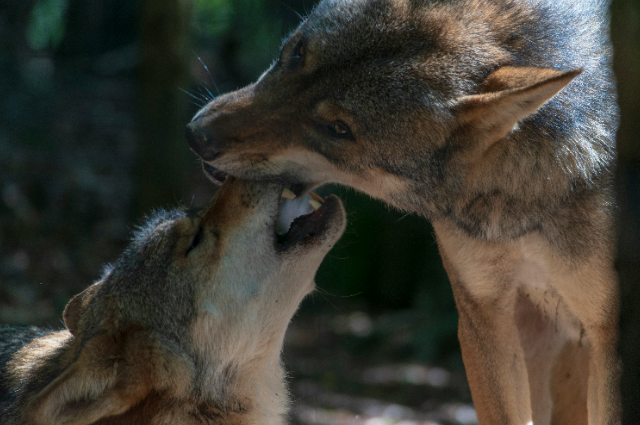
Photo by Sander Mathlener on Unsplash
"Once, my curious mind sought an answer from my father.
I asked him, 'Father, is there any necessity for this cat to exist in nature? It has no responsibility towards nature. It simply hunts to eat, roams around, and reproduces to survive. So, wouldn't it be fine if it didn't exist in nature?'
My father, a little surprised, said, 'Look, son, I believe that if God has acknowledged their existence, then surely they have some role in creation, and gradually, you will understand the answer.'
I was dissatisfied at the time because I didn’t get a proper answer to my question."
But this story clears my quest & fascinates me to love the nature & its ecosystem.
Embark on a journey to Yellowstone, where a few wolves just did not roam, but rewrote the rule of an entire ecosystem.
Discover, how the majestic predators triggered a cascade of life, transforming not only the park's wildlife but it's very rivers and landscapes. It's a story of how nature architects can reshape our world in ways we never imagined.
One of the most exciting scientific findings of the past half-century has been the discovery of widespread trophic cascades.
A trophic cascade is an ecological process which starts at the top of the food chain & tumbles all the way down to the bottom. And the classic example is what happened in the Yellowstone national park in the United States when wolves were reintroduced in 1995.
Now, we all know wolves kill various species of animals, but perhaps we're slightly less aware that they give lives to many others. Before the wolves turned up they'd been absent for 70 years, the numbers of deer, because there was nothing to hunt them had built-up & built up in the yellowstone park and despite efforts by humans to control them, they'd managed to reduce much of the vegetation there to almost nothing. They just grazed it away. But as soon as the wolves arrived, even though they were few in number, they started to have the most remarkable effects. First, of course, they killed some of the deer, but that wasn't the major thing. Much more significantly, they radically changed the behavior of the deer. The deer started avoiding the certain parts of the park, the places where they could be trapped most easily, particularly the valleys and the gorges & immediately those places started to regenerate.
In some areas, the height of the trees quintupled in just six years.
Bare valley sides quickly became forests of aspen, & willow & cottonwood.
And as soon as that happened the birds started moving in. The number of songbirds & migratory birds started to increase greatly. The number of beavers started to increase because they like to eat the trees. And beavers, like wolves, are ecosystem engineers. They create niches for other species. And the dams they built in the rivers, provided habitats for otters, muskrats, ducks, fish, reptiles & amphibians.
The wolves kill coyotes & as a result of that, the number of rabbits & mice began to rise, which means more hawks, more foxes, and more badgers. Ravens & bald eagles came down to feed on the carrion that the wolves had left. Bears fed on it, too, & their population began to rise as well partly also because there were more berries growing on the regenerating shrubs. And the bears reinforced the impact of the wolves by killing some of the calves of the deer.
But here's where it gets really interesting. The wolves changed the behavior of the rivers. They began to meander less. There was less erosion. The channels narrowed. More pools formed. More riffle sections. All of which were great for wildlife habitats. The rivers changed in response to the wolves. And the reason was that there generating forests stabilized the banks so that collapsed less often . so the rivers became more fixed in their course.
Similarly, by driving the deer out of some places, the vegetation recovered the valley sides. There was less soil erosion because the vegetation stabilized that as well.
So, the wolves, small in numbers, transformed not just the ecosystem of Yellowstone National Park, this huge area of land but also it's physical geography.
This story is a clear statement of my question. If a small number of wolves can change the large ecosystem then why not a cat? Even every living being has a critical impact towards the mother nature & it's ecosystem.
